Australia's islands boast some of the planet's most remarkable wildlife experiences, offering an unparalleled glimpse into the diversity and beauty of the country's natural heritage. From the iconic kangaroos bounding across the hilltops to rare and elusive marine species swimming in pristine waters, these islands provide a sanctuary for animals found nowhere else on earth.
Whether you're passionate about birdwatching, a marine life enthusiast, or simply someone who appreciates Australia's extraordinary fauna, each of these six wildlife-rich islands promises a unique and unforgettable experience. Get ready to encounter extraordinary sights, sounds, and creatures that will leave you in awe.
1. Kangaroo Island, South Australia
Kangaroo Island, Australia's third-largest island, spans 4,400 square kilometres (1,700 square miles) and retains nearly half of its original vegetation, with over a third protected in 30 national and conservation parks. Its diverse habitats, including mallee woodlands and shrublands, support many of Australia's most unique and iconic wildlife species, including Koalas, Kangaroo Island Kangaroos, Tammar Wallabies, Short-beaked Echidnas, Rosenberg's Goannas, Australian Sea-lions, Long-nosed Fur Seals, Australian Fur-seals and Bottlenose Dolphins. Separated from mainland Australia 10,000 years ago, the island is free of invasive species like foxes and rabbits, offering a haven for native species, including over 260 bird species, Kangaroo Island Dunnarts and Southern Brown Bandicoots.
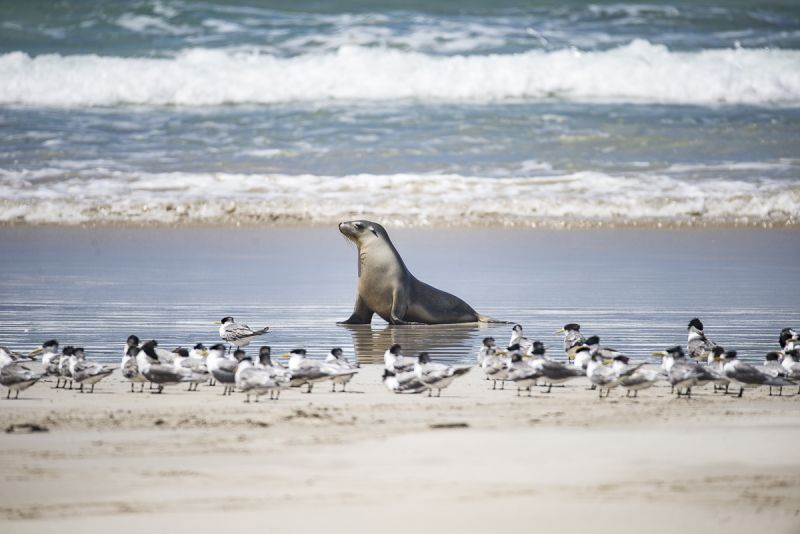
With over 35 years of experience, local tour operator Exceptional Kangaroo Island offers wildlife encounters enriched by deep local knowledge and a genuine connection to the island's community. Rather than delivering scripted commentary, their expert guides engage guests through meaningful conversations, sharing stories that connect wildlife, community, and landscape, reflecting their strong ties to Kangaroo Island. Their brand promise—'good food, good wine, and wildlife in the wild'—was born from a customer desire for well-interpreted wildlife experiences paired with warm hospitality and a vibrant local food scene. Guests can enjoy tailored tours that focus on specific interests such as birdwatching, wildflowers, or photography. For a more immersive experience, Exceptional Kangaroo Island also offers opportunities to meet local artists and wildlife researchers, giving guests a deeper understanding of the island's natural wonders and its people.
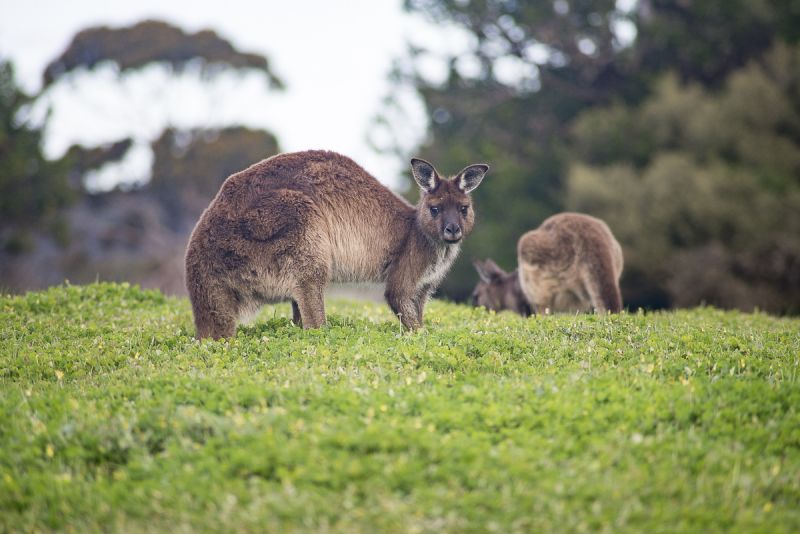
Quick facts
Iconic species: Koala, Kangaroo Island Kangaroo, Tammar Wallaby, Short-beaked Echidna, Rosenberg's Goanna, Australian Sea-lion, Long-nosed Fur Seal, Australia Fur Seal, Glossy Black Cockatoo, Yellow-tailed Black Cockatoo, Hooded Dotterel, Crimson Rosella, Cape Barren Goose, Scarlet Robin.
When to visit: Year-round. Although the most popular time to visit is in the warmer months (October - April), wildlife viewing is best in the cooler months (May - September), as animals tend to be more visible as they keep warm in the sun.
Recommended tour: Kangaroo Island In Style (2 days - shared or private), Kangaroo Island Conservation Connection (3 days - private) or Kangaroo Island Birding (3 days - private)
2. Maria Island, Tasmania
Situated off the east coast of the island-state of Tasmania, Maria Island is another of Australia's remarkable wildlife havens. This stunning island is home to a variety of native species, including wombats, Bennett's wallabies, and the Tasmanian pademelon, while its birdlife list spans over 130 species, including the endangered Forty-spotted Pardalote and Swift Parrot. Maria Island has become a vital refuge for the endangered Tasmanian Devil, which has been reintroduced to the island to help conserve the species. Its spectacular landscapes, combined with a rich concentration of wildlife, have contributed to its nickname as 'Tasmania's Noah's Ark'.
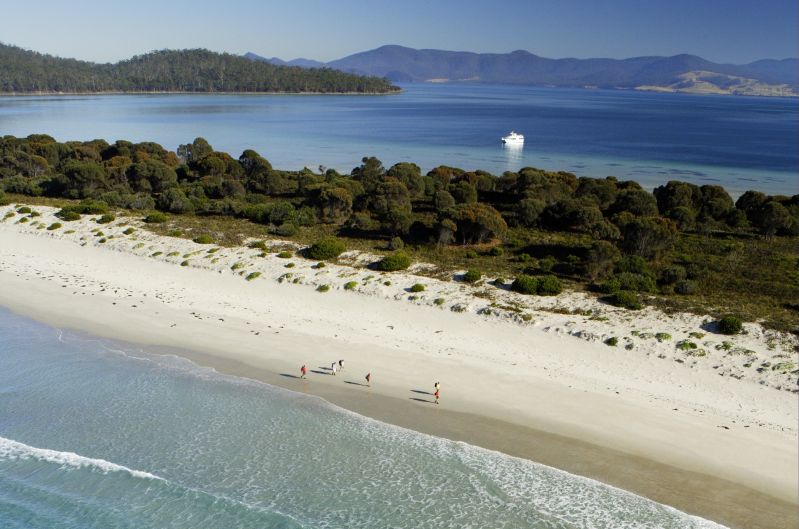
Founded in 2002, The Maria Island Walk is a multi-day walk that showcases the island to travellers who value natural wildlife encounters in remote and tranquil settings, combined with world-class hospitality. The team takes great pleasure in offering an authentic Tasmanian experience, bringing to life local history and culture, rare Tasmanian wildlife, spectacular scenery, and fascinating penal history. Testimony to the success of this unbeatable formula is the string of national and state awards that has made The Maria Island Walk one of the most desired guided experiences in the country.
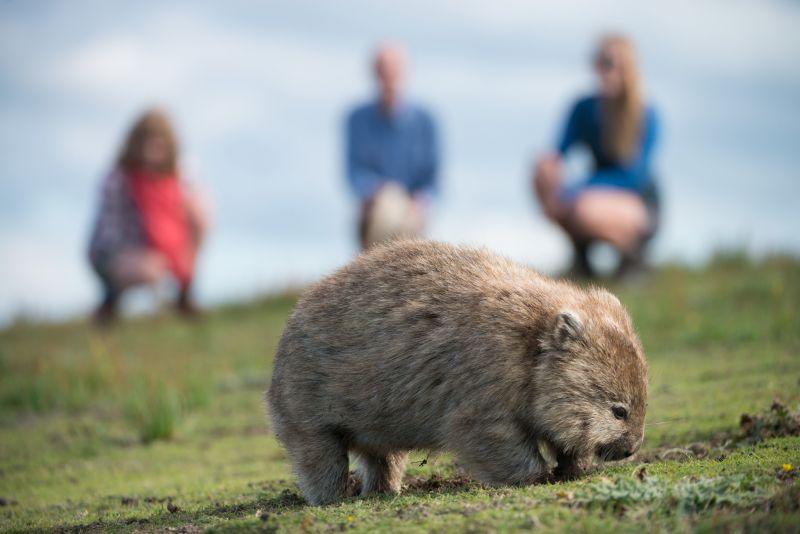
Quick facts
Iconic species: Common Wombat, Forester Kangaroo, Pademelon, Bennett's Wallaby, Tasmanian Devil, Short-beaked Echidna, Forty-spotted Pardalote, Tasmanian Native Hen, Swift Parrot, Flame Robin, Yellow Wattlebird, Hooded Dotterel, White-bellied Sea Eagle.
When to visit: Year-round. The 4-day Maria Island Walk operates from October to May, however, the 3-day Winter Escape Walk runs over the winter, making the island accessible all year. Like Kangaroo Island, wildlife viewing is best in the cooler months (May - September).
Recommended tour: The Maria Island Walk (4 days - shared) or Winter Escape Walk (3 days - shared)
3. Frankland Islands, Queensland
The Frankland Islands, located off the coast of Far North Queensland, form a stunning and secluded archipelago within the world-renowned Great Barrier Reef Marine Park, a UNESCO World Heritage site. Approximately 45 kilometres southeast of Cairns, these islands—Normanby, High, Russell, Round, and Mabel—are celebrated for their remarkable marine biodiversity and untouched natural beauty. With vibrant coral reefs surrounding them, the islands provide a window into the underwater wonders of the reef, home to turtles, rays, schools of colourful fish, and even the occasional sighting of dolphins, whales, and dugongs.
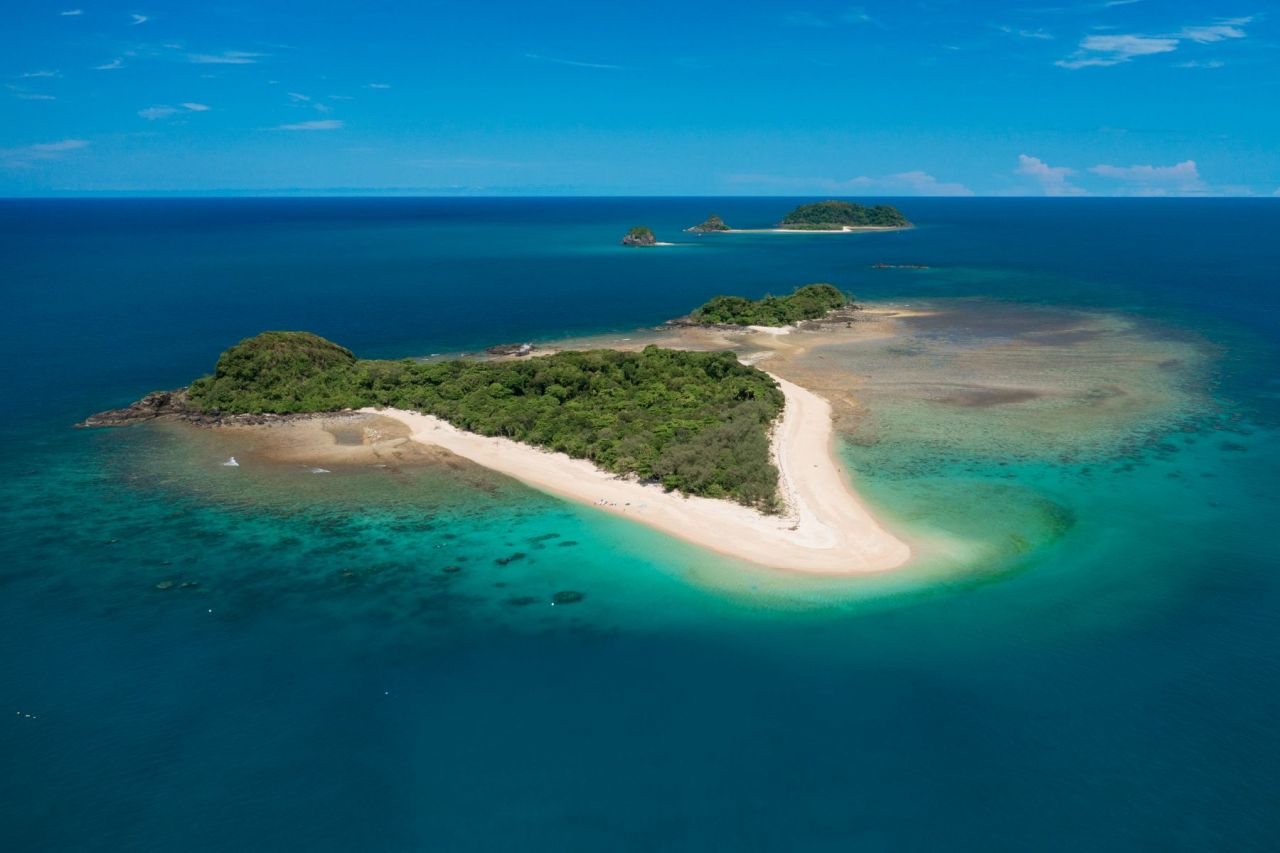
Frankland Islands Reef Cruises provides exclusive access to the Frankland Islands National Park. Actively involved in scientific research, they contribute to the protection and monitoring of the reef ecosystem through data collection on marine species, reef health, and debris via the Eye on the Reef App and Rapid Monitoring Surveys. Guests can enjoy quality educational experiences, with guidance on sustainable practices woven into the tours. From snorkelling the vibrant fringing reefs to exploring the lush rainforests and beaches, visitors are immersed in nature while learning about conservation efforts firsthand. With a permit allowing exclusive commercial access and daily visitor numbers capped at 100, Frankland Islands Reef Cruises ensures this pristine ecosystem remains protected for future generations.

Quick facts
Iconic species: Green Turtle, Hawksbill Turtle, Manta Ray, Dugong, Beach Stone-Curlew, Pied Imperial Pigeon, Little Tern, Crested Tern, Giant Clam, Nudibranch, Angelfish, Parrotfish, Ocellaris Clownfish.
When to visit: Year-round. While the tour operates all year, the best time is during the 'dry season' (April - October) when humidity is lower and weather conditions are generally more pleasant.
Recommended tour: Frankland Islands Reef Cruises Day Tour (1 day - shared)
4. Tasmania
Australia's largest island, Tasmania, boasts one-third of its land as national park or UNESCO World Heritage wilderness, providing habitats for a rich diversity of wildlife. Its unique landscapes, shaped by ice ages and Gondwana's breakup, include ancient rainforests, rugged mountains, and pristine coastlines. Visitors can explore habitats for endemic species like Tasmania's 12 native bird species, marsupials including quolls and wombats, and marine life like Australian Fur Seals and Little Penguins. Highlights include towering eucalypt forests, the dramatic dolerite cliffs of Cradle Mountain, and iconic granite outcrops like Freycinet Peninsula.
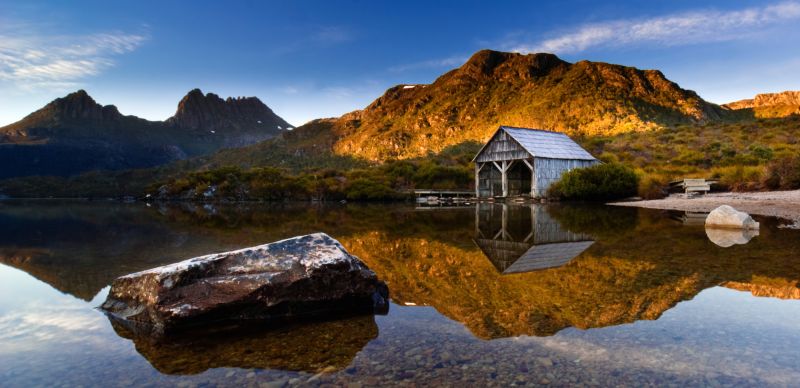
Premier Travel Tasmania has been crafting refined nature experiences across the island state for over 20 years. With around 40% of Tasmania protected by national parks and reserves, the company's tours offer an authentic connection to the region's diverse flora and fauna, pristine wilderness, rich heritage, and gourmet food and wine, all while introducing guests to the unique local characters who make Tasmania special. Led by Daniel and Sylvie Schoedler, Premier Travel Tasmania's team of local guides provides meaningful interpretation and storytelling that bring the island's beauty to life. The company's commitment to conservation, particularly in preserving Tasmania's endemic wildlife, includes major contributions to protecting the endangered Tasmanian Devil from habitat loss and disease.
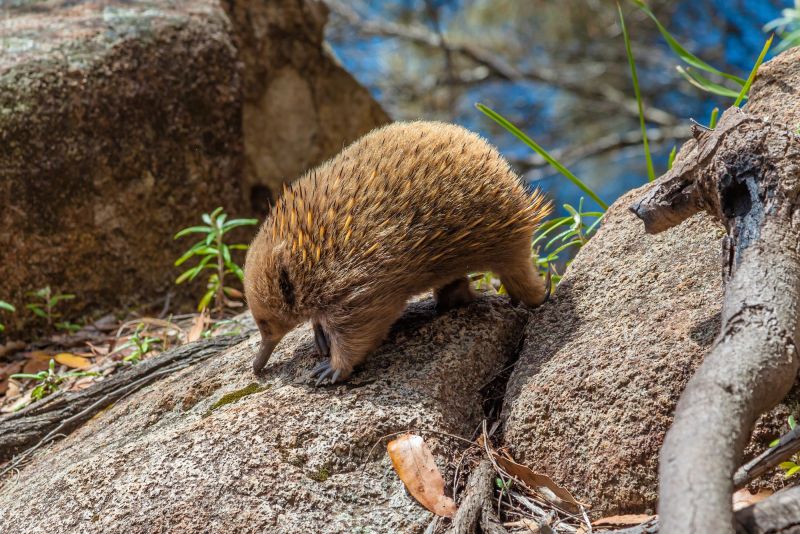
Quick facts
Iconic species: Forester Kangaroo, Common Wombat, Bennett's Wallaby, Tasmanian Pademelon, Eastern Quoll, Tasmanian Devil, Platypus, Short-beaked Echidna, Australian Fur seal, Tasmanian Wedge-tailed Eagle, Orange-bellied Parrot, Beautiful Firetail, Green Rosella, Swift Parrot, Little Penguin.
When to visit: Year-round. The average maximum temperature in summer (December - February) is still relatively mild compared to mainland Australia, making it a great destination all year. Winter (June - August) is great, too - but just be sure to have appropriate clothing as it can get cold.
Recommended tour: 5 Day Tamanian Wildlife Encounter (5 days - shared or private) or 9 Day Western Wilderness & Wildlife Encounter (9 days - shared or private)
5. Christmas Island, Australian External Territory
Christmas Island, known as the "Galapagos of the Indian Ocean," is a biodiversity hotspot with an exceptional level of endemism due to its geographic isolation. Home to over 90 species of crabs, including the massive Robber Crab, it is most famous for the annual migration of 60 million Red Crabs, which move from the forest to the shoreline to spawn during the wet season (November/December). A paradise for birdwatchers, the island hosts 80,000 seabirds annually, with rare species like the Abbott's Booby, Christmas Island Frigatebird, and the striking Golden Bosun. Recognized as an Endemic Bird Area and Important Bird Area by BirdLife International, the island offers unmatched birdwatching opportunities. For divers, Christmas Island is a top destination, boasting 88 species of coral and 650 types of fish. Its dramatic underwater drop-offs, located just meters from the shore, offer visibility up to 50 meters, revealing reef sharks, dolphins, turtles, and occasional sightings of Manta Rays and Whale Sharks.

Local tour operator Indian Ocean Experiences offers expert-guided tours across Christmas Island, with a strong focus on sustainability and conservation. From witnessing the incredible Red Crab Migration—hailed by Sir David Attenborough as one of the most spectacular wildlife migrations—to exploring the Christmas Island National Park's rare seabird colonies, Indian Ocean Experiences provides guests with immersive nature encounters. Tailor-made itineraries cater to interests like birdwatching, diving, photography, and geology, offering personalized tours led by passionate locals who bring the island's rich stories to life.
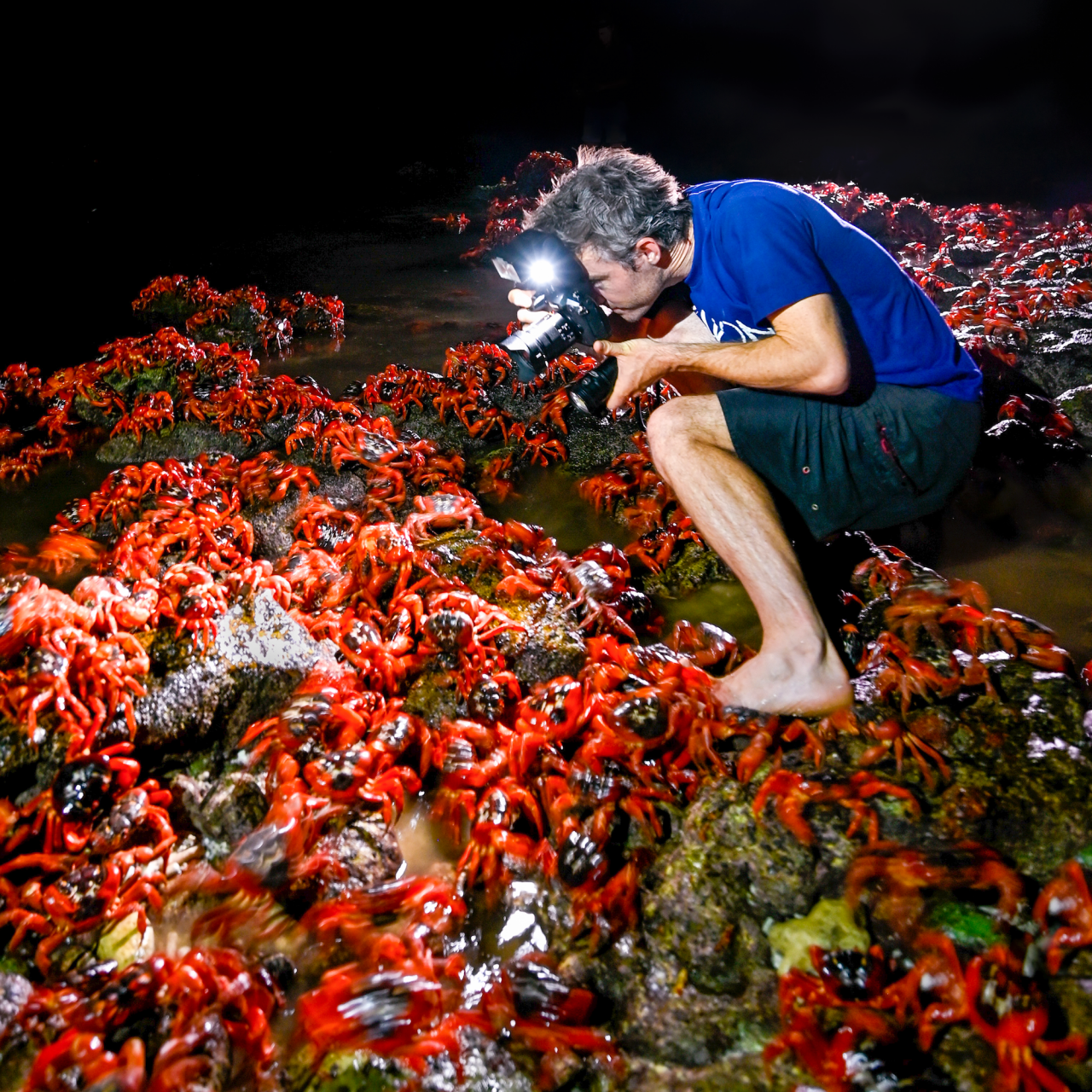
Quick facts
Iconic species: Red Crab, Robber Crab, Christmas Island Frigatebird, Golden Bosun, Abbott's Booby, Brown Booby, Red-tailed Tropicbird, Christmas Island Goshawk, Christmas Island Hawk-owl, Manta Ray, Whale Shark, Spinner Dolphin.
When to visit: Year-round. Best conditions are during the dry season (June - August), however, the weather is generally great all year. If you're particularly interested in witnessing the annual Red Crab migration, you'll want to visit between late October and early January.
Recommended tour: Christmas Island Ultimate Wildlife (8 days - shared or private) or Christmas Island Birdwatching (8 days - shared or private)
6. Shoalwater Islands, Western Australia
Shoalwater Islands Marine Park, off the coast of Rockingham, Western Australia, spans over 6,600 hectares and includes several islands such as Penguin, Seal, and Bird Islands. These islands are critical breeding grounds for seabirds, Little Penguins, Australian Sea Lions, and around 200 Bottlenose Dolphins. The park's limestone reefs, part of Australia's longest system, protect the shoreline, while its seagrass meadows support rich marine life. Penguin Island, a conservation area, plays a vital role in wildlife protection, with efforts focused on preserving the diverse habitats through partnerships with the Department of Biodiversity, Conservation & Attractions (DBCA).
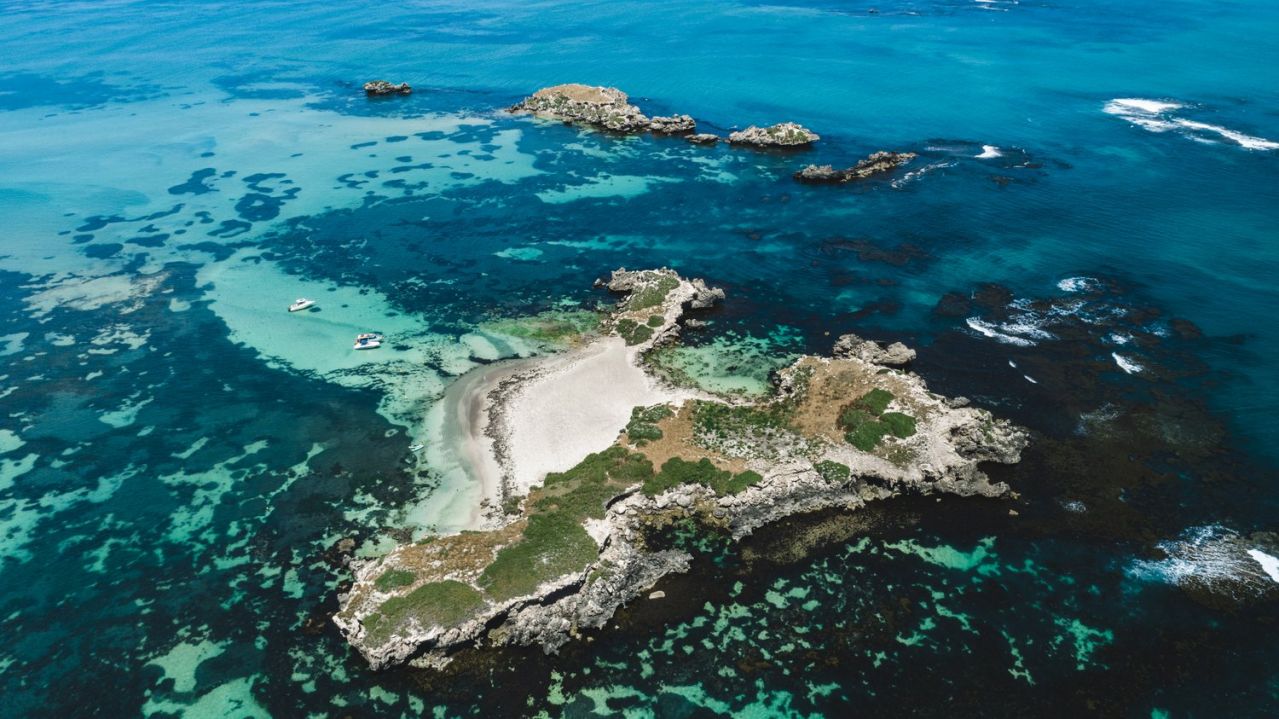
Perth Wildlife Encounters has been offering unforgettable wild dolphin swims in Shoalwater Islands Marine Park since 1989. Founded by Rockingham local Terry Howson, who turned his childhood dream of swimming with wild dolphins into reality, the company is committed to providing eco-friendly encounters. Today, they offer a range of ecotourism activities in Australia's only marine park reserve within a capital city. In addition to dolphin swims, guests can enjoy the Penguin Island ferry service, wildlife walks, and snorkelling with Australian Sea-lions and Bottlenose Dolphins, showcasing the region's rich marine biodiversity.
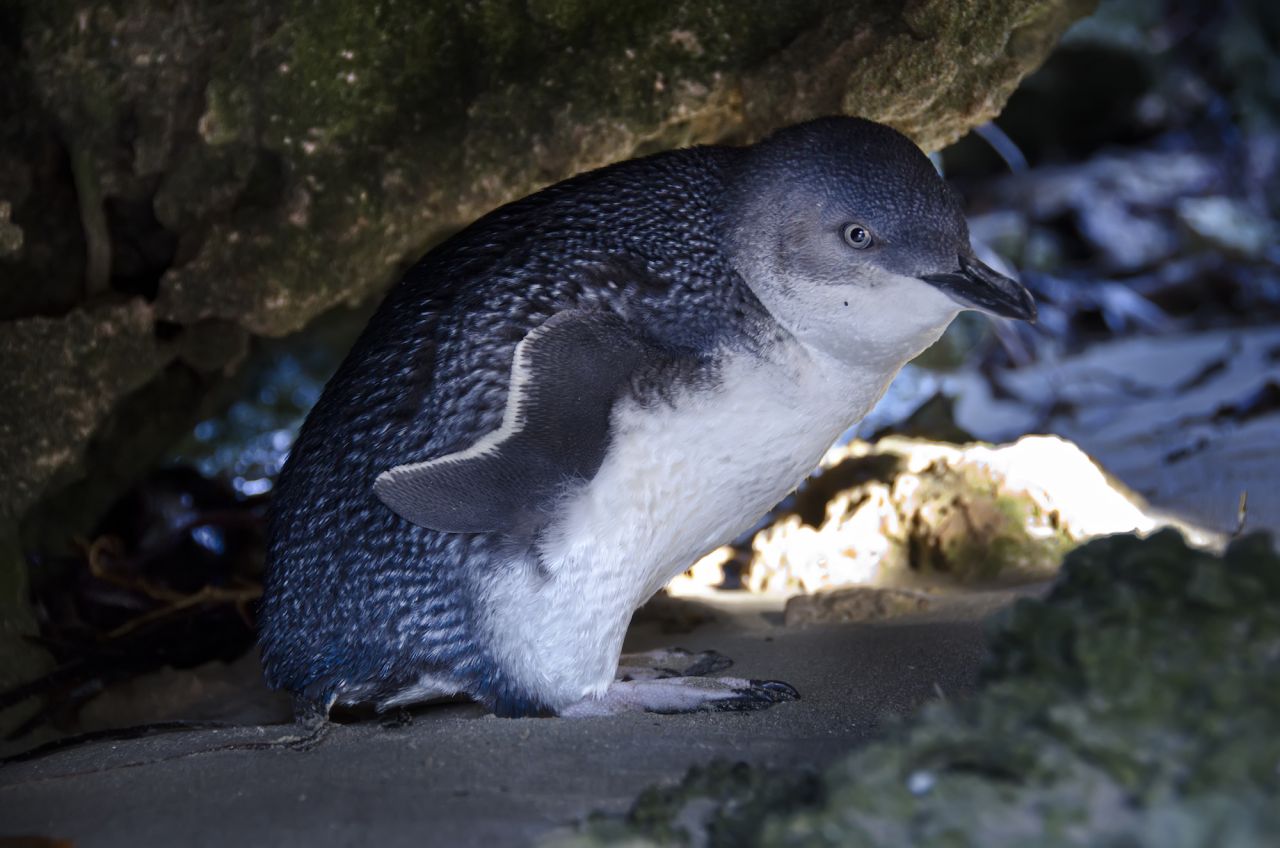
Quick facts
Iconic species: Australian Sea-lion, Bottlenose Dolphin, Little Penguin, Australian Pelican, Osprey, Smooth Stingray, Southern Eagle Ray, Western Rock Octopus, Pink Snapper, Banded Sweep.
When to visit: October - May. Tours do not operate during winter (June - August).
Recommended tour: 3 Islands Wildlife Snorkel (4 hours - shared or private) or Swim with Wild Dolphins (4-6 hours - shared or private)

